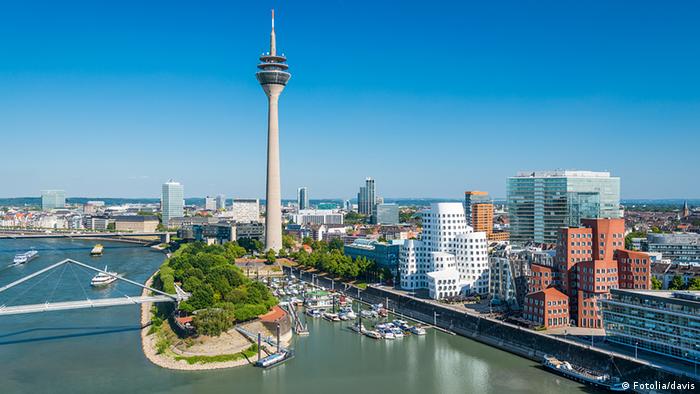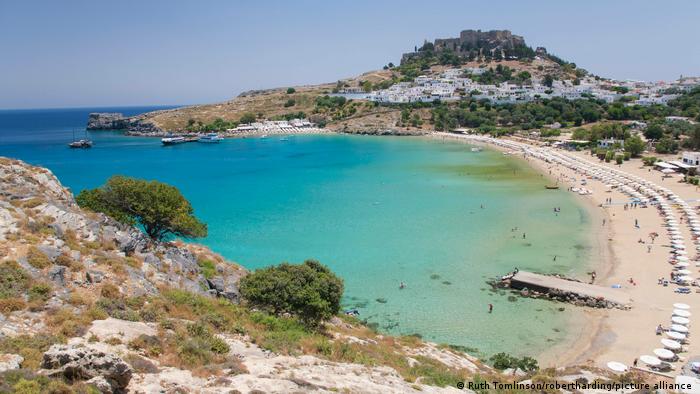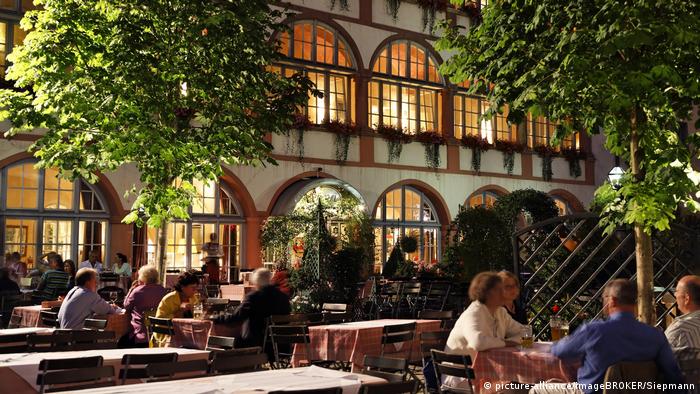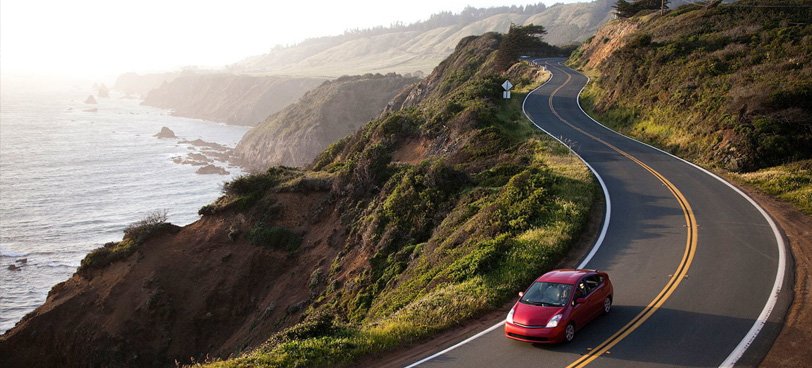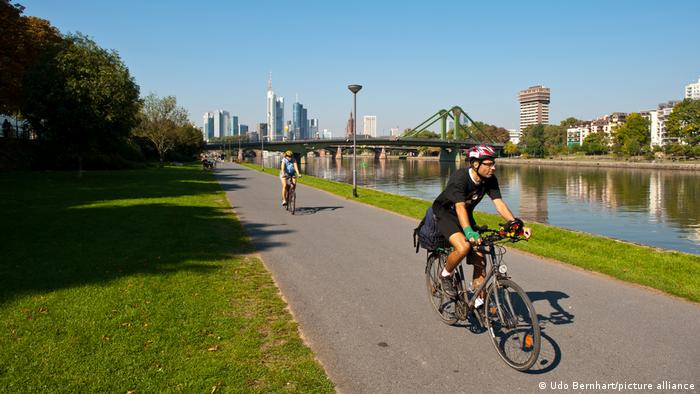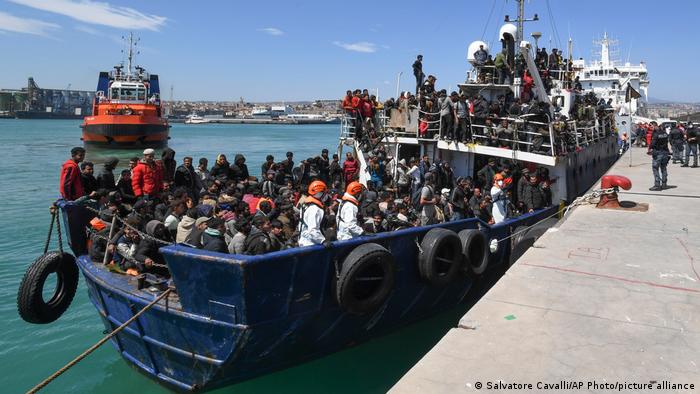Almost 18 million! No federal state has more inhabitants. And on May 15, a large part is asked to elect a new state parliament. He is based in Dusseldorf. Düsseldorf is just one reason to visit North Rhine-Westphalia.
Rhine Tower Dusseldorf
The city of Cologne maintains a centuries-old rivalry with the state capital Düsseldorf: Whether in business, art, or customs - it's always about being the better. When it comes to modern architecture, Düsseldorf is one step ahead. The Rhine Tower, the Gehry buildings (right), and the media harbor show their most beautiful side of the Rhine. Behind the Rhine Tower: the state parliament building.
Cologne Cathedral
It is the symbol of the city and is known all over the world. At almost 160 meters high, the Cologne Cathedral determines the appearance of the metropolis on the Rhine. The foundation stone of the Gothic church was laid as early as 1248, but it was only completed in the 19th century. The shrine of the Three Kings, an important piece of goldsmith work from the Middle Ages, is particularly worth seeing in the interior.
Carnival in the Rhineland
From Weiberfastnacht to Ash Wednesday, the revelers conquer the cities on the Rhine every year. Millions of people celebrate in brightly colored costumes in the streets and pubs of the carnival strongholds. Things are particularly wild in Cologne. Here is the largest Shrove Monday parade in Germany: around 12,000 jesters parade through the streets and throw tons of sweets at the spectators - if there is no Corona.
Former government district in Bonn
A third city on the Rhine joins Cologne and Düsseldorf: Bonn. The small town experienced its greatest moments as the seat of government of the Federal Republic of Germany between the Second World War and reunification. The old buildings define the south bank of the Rhine - some can be visited, and others are still the seat of ministries. DW's headquarters are in the "Schürmann-Bau" (center of the image).
Hiking in the Eifel
Nature lovers also get their money's worth in North Rhine-Westphalia: the Eifel in the southwest of the state is ideal for hiking and cycling. Your landscape is very diverse - the motto of the Eifel National Park is not for nothing forests, water, and wilderness. Over 7800 animal and plant species have been counted so far, more than a quarter of which are on the list of endangered species.
Aachen Cathedral
The highlight in the west of North Rhine-Westphalia is the Aachen Cathedral, which was the first German building to be declared a UNESCO World Heritage Site in 1978. 796 was the laying of the foundation stone. It was commissioned by Charlemagne, who was buried in the church on the day of his death. Right next door is the treasury of the cathedral with the famous bust of Charles from the 14th century.
Corvey Castle in Hoexter
Benedictine monks lived here until 1792, and Corvey Castle has been a UNESCO World Heritage Site since 2014 and one of the most famous sights in Westphalia. Some of its architecture dates back to the Carolingian period. In the Princely Library, where the poet Hoffmann von Fallersleben once worked as a librarian, there are almost 75,000 volumes.
Swimming in the Zollverein colliery
The Ruhr area is the core of North Rhine-Westphalia. The Zollverein colliery in Essen in the Rhineland is just one kilometer away from the city limits of Gelsenkirchen in Westphalia. What was once the largest hard coal mine in the world is now a UNESCO World Heritage site, along with Corvey Castle and Aachen Cathedral. The site and buildings of the industrial wasteland are now used for art, culture, and leisure.
Football derby in the Ruhr area
The Ruhr area is not only characterized by its industrial culture, but also by its numerous football clubs. This is where the most active players and spectators are in Germany. Above all, the two big players in the region, Schalke 04 and Borussia Dortmund are known across national borders. Ruhrgebiet fans shouldn't miss a derby between rival teams.

